Picea abies/pungens - planting question
the_yard_guy
9 years ago
Related Stories
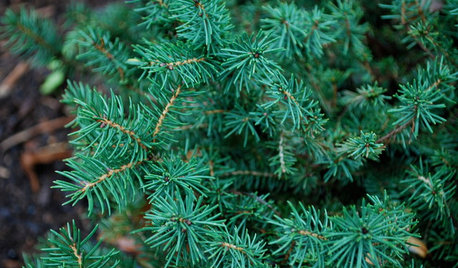
GARDENING GUIDESGreat Design Plant: Picea Abies ‘Nidiformis’
Bird’s nest spruce pulls its weight in the winter garden by providing structure and interest
Full Story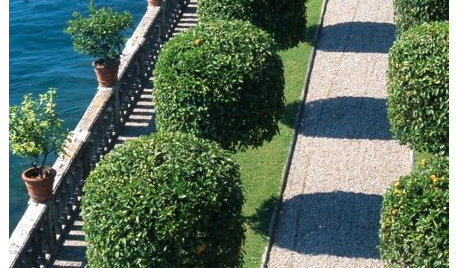
LANDSCAPE DESIGN5 Structural Plants to Frame Your Garden Beautifully
Consider these trees and shrubs live building blocks, providing structure and definition in even a small garden
Full Story
LANDSCAPE DESIGNGreat Design Plant: Retreat to the Shade of Hardy Catalpa
Big foliage and a towering height provide a shady respite in summer, but that's not all hardy catalpa offers dedicated gardeners
Full Story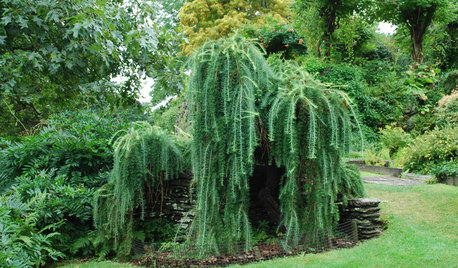
GARDENING GUIDESGreat Design Plant: Larix Decidua ‘Pendula’
Soft, graceful and sculptural, weeping larch is a star in northern U.S. gardens
Full Story
GARDENING GUIDESDesigning With Conifers: Find the Perfect Fit for Your Landscape
Conifers range from fairy-garden size to 70 feet tall. Here’s how to decifer the plant tag for the perfect long-term fit in your garden
Full Story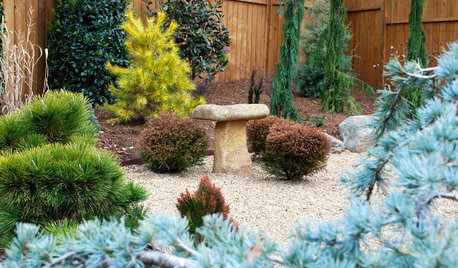
PLANTING IDEASDesigning With Conifers: Personality and Form in the Garden
Unique and full of interest, well-shaped conifers await a place your yard
Full Story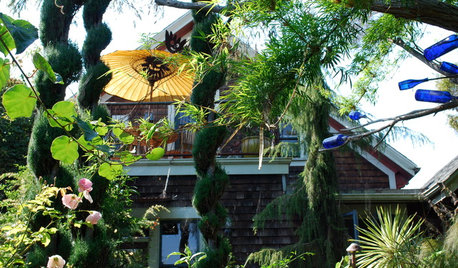
PLANTING IDEASDesigning With Conifers: How to Unite Your Landscape
Create a landscape full of intrigue and artistry with the right placement of conifers and their supporting players
Full Story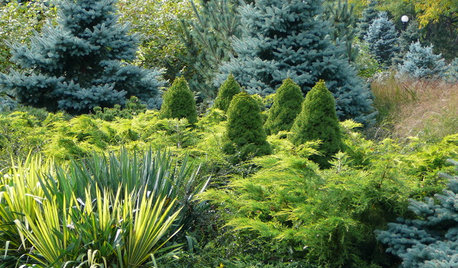
PLANTING IDEASDesigning With Conifers: Layers of Texture for Your Garden
Sharp and prickly or fine like ferns, richly textured conifers bring unexpected interest to the landscape
Full Story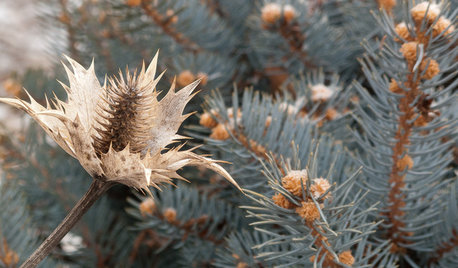
WINTER GARDENINGInspiring Winter Scenes From the Denver Botanic Gardens
Use seed heads, bare branches and grasses to design lovely garden displays when the ground is frozen
Full Story
FALL GARDENING6 Trees You'll Fall For
Don’t put down that spade! Autumn is the perfect time for planting these trees
Full StorySponsored
Industry Leading Interior Designers & Decorators in Franklin County
More Discussions










ricksample
severnside
Related Professionals
Wrentham Landscape Architects & Landscape Designers · Fort Lee Landscape Architects & Landscape Designers · Milwaukee Landscape Architects & Landscape Designers · Paradise Landscape Architects & Landscape Designers · Surprise Landscape Contractors · Brookside Landscape Contractors · Alamo Landscape Contractors · Brookfield Landscape Contractors · Darien Landscape Contractors · Little Ferry Landscape Contractors · Seminole Landscape Contractors · South Farmingdale Landscape Contractors · South Lake Tahoe Landscape Contractors · Stony Brook Landscape Contractors · Wells Landscape Contractorsken_adrian Adrian MI cold Z5
the_yard_guyOriginal Author